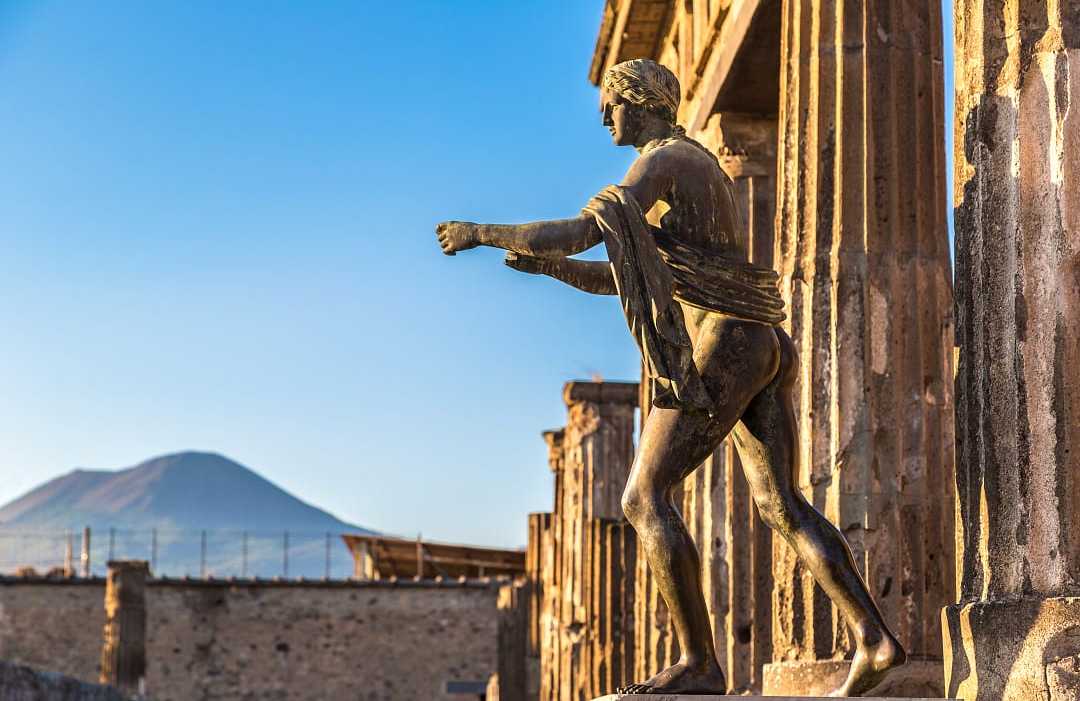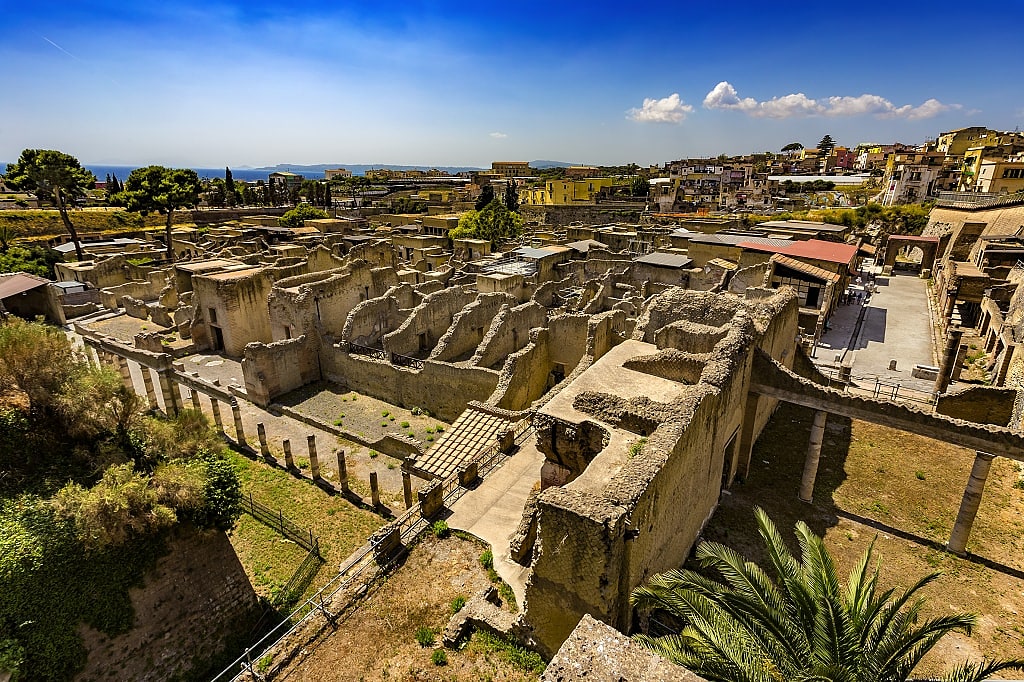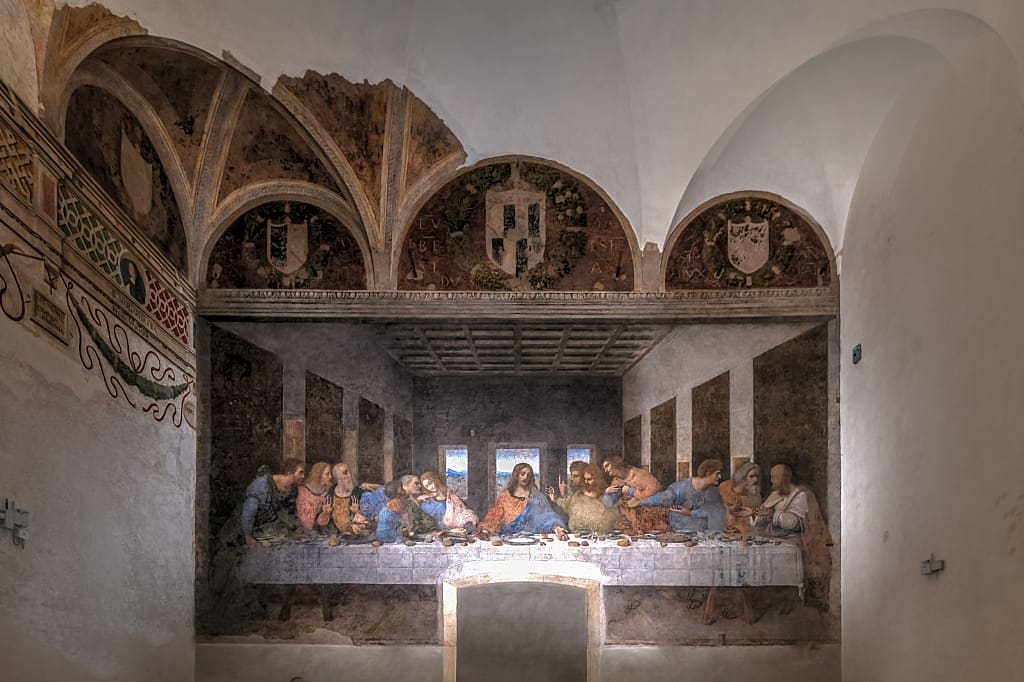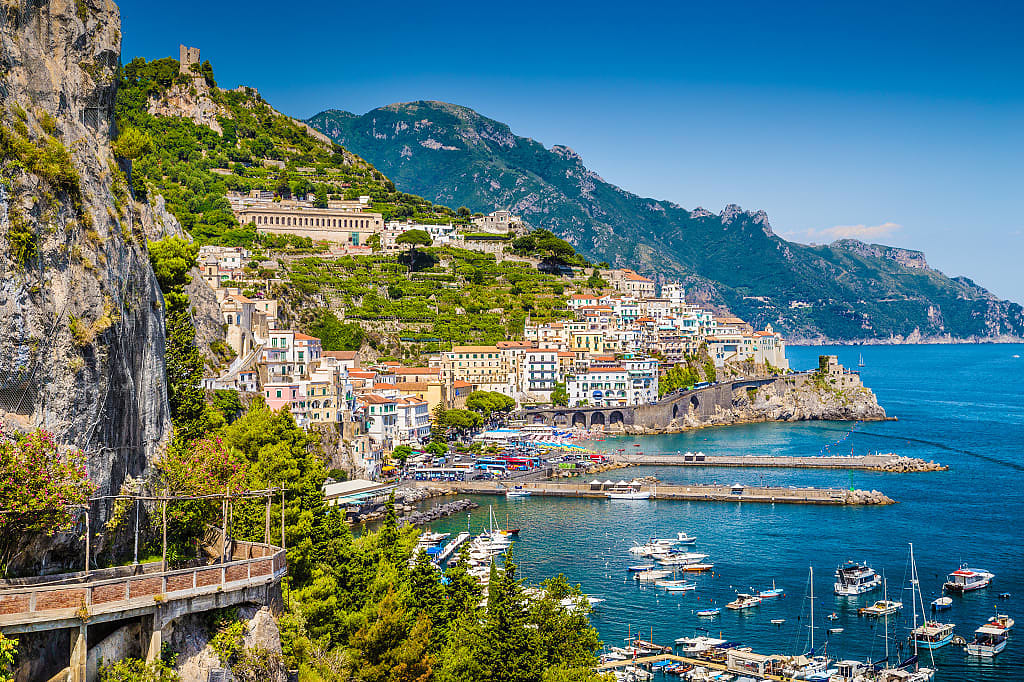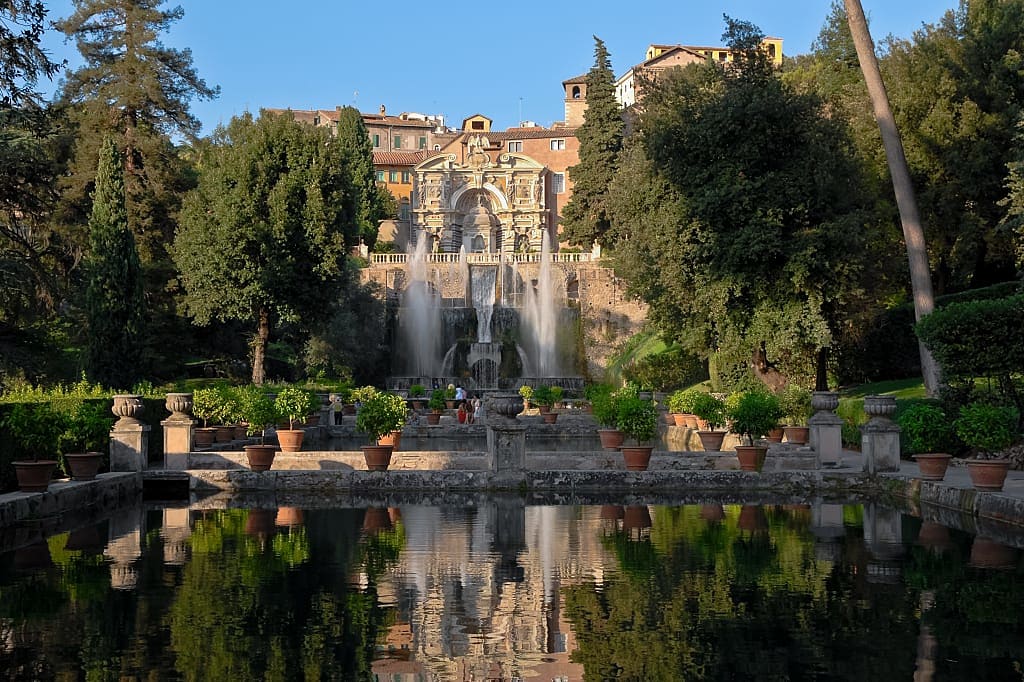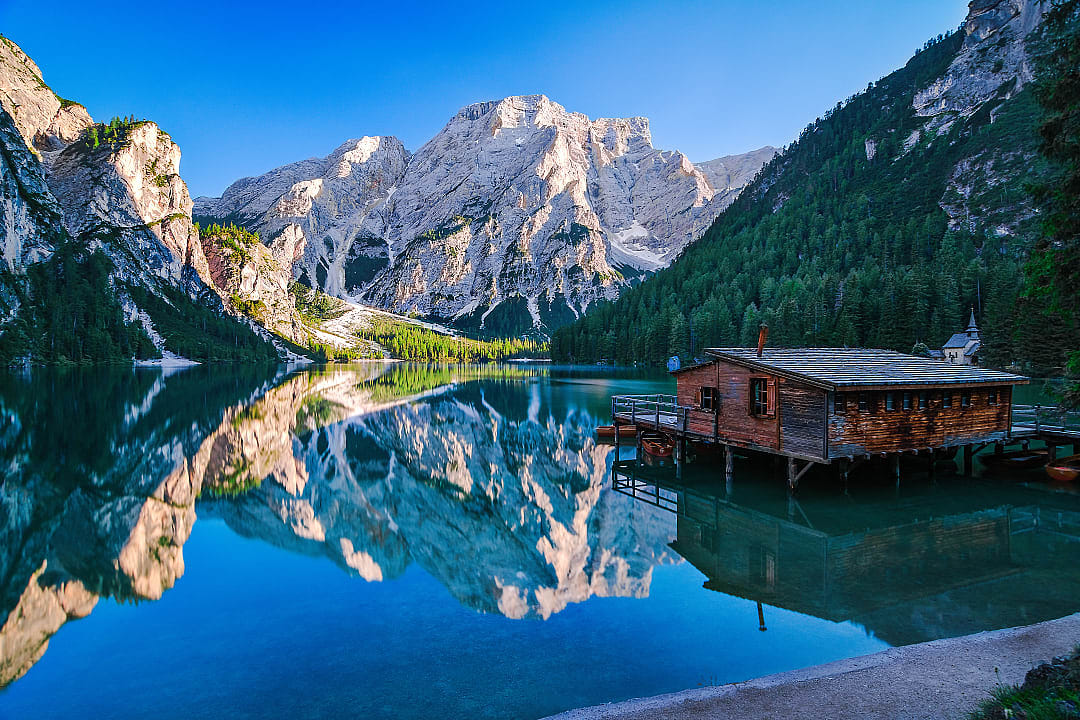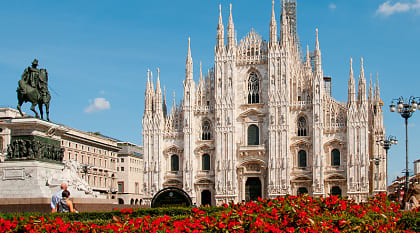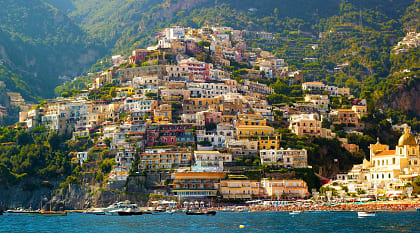The ancient Roman cities of Pompeii and Herculaneum are incredible testaments to a bygone era, providing invaluable insights into daily life in the Roman Empire. Frozen in time by the catastrophic eruption of Mount Vesuvius in 79 AD, these archaeological sites in the Campania region will give you a captivating and poignant glimpse into a world that existed millennia ago. Their ashy ancient streets retain a vivid impression of a once-thriving civilization suddenly forgotten.
While Pompeii is more widely known for its vast commercial centers and public spaces, the lesser-known Herculaneum often provides a different, arguably more intimate and remarkably preserved experience, revealing notable artworks and even bejeweled relics still intact and awaiting your discovery.
What to ExpectImmerse yourself in the vivid remnants of Roman life and tragedy.
- Pompeii's Scale: Explore the expansive commercial centers, public forums, and residential areas of this large Roman city.
- Herculaneum's Preservation: Discover the remarkably preserved ruins of Herculaneum, offering a more intimate and detailed view of daily life, including wooden structures and organic materials.
- Volcanic History: Understand the devastating impact of Mount Vesuvius through their unique archaeological context.
- Historical Insights: Gain new understandings of Ancient Roman society, architecture, and daily routines.
- Accessibility: Both sites are easily accessible, making for an essential luxury day trip from Naples, a culinary hotspot in Campania.
These sites offer a wealth of archaeological wonders.
- The Grand Theater, Pompeii: A large open-air amphitheater that hosted dramatic performances and public gatherings, offering a sense of Roman entertainment.
- The Teatro Piccolo, Pompeii: A smaller, roofed theater used for musical performances and intimate plays.
- Lupanare, Pompeii: The city's largest and most famous brothel, featuring erotic frescoes that provide insight into ancient Roman social life.
- The House of Menander, Pompeii: A large, luxurious Roman villa with impressive frescoes, well-preserved rooms, and a renowned silver treasure.
- Casa dell’Albergo, Herculaneum: A large, multi-story building that provides a clear example of Roman residential architecture.
Our Wonders of Rome, Sicily, and the Amalfi Coast Tour will give you luxury access to these incredible historical sites.
